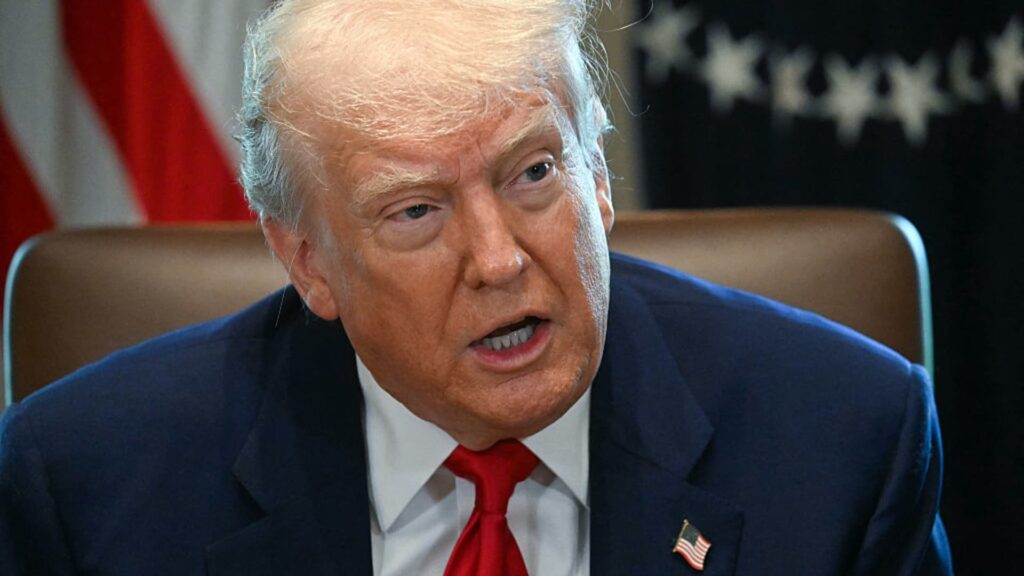
Trump signs order to boost U.S. drug manufacturing
Trump’s Executive Order Aims to Boost US Pharmaceutical Manufacturing Amid Tariff Plans
Table of Contents
The Executive Order and Its Impact
President Donald Trump has taken a significant step toward reshoring pharmaceutical manufacturing by signing an executive order designed to incentivize drug production within the United States. This move comes as part of a broader strategy to strengthen domestic pharmaceutical manufacturing capabilities and reduce dependence on foreign suppliers.
Key Policy Developments
- Executive order streamlines approval process for new production facilities
- Potential pharmaceutical tariffs under consideration
- Section 232 investigation launched into pharmaceutical imports
- Focus on national security implications of drug imports
Industry Response and Investment Trends
The pharmaceutical industry has shown mixed reactions to these policy developments. While some companies are increasing their domestic investments, others express concerns about the potential impact of tariffs. Major players like Eli Lilly, Johnson & Johnson, and AbbVie have already initiated new waves of domestic manufacturing investments, partly in response to the administration’s policies.
Industry Leaders’ Actions
Several pharmaceutical giants are already responding to the policy changes:
- Eli Lilly: Expanding domestic manufacturing facilities
- Johnson & Johnson: Increasing U.S.-based production
- AbbVie: New domestic investment initiatives
- Pfizer: Expressing concerns about tariff impacts on R&D
Current Manufacturing Landscape
The U.S. pharmaceutical manufacturing sector has experienced significant changes over recent decades. According to FDA data, the production of active pharmaceutical ingredients has largely shifted to overseas locations, primarily due to cost advantages in labor and production processes. This shift has created a complex global supply chain that the current administration aims to restructure.
Import Statistics
The scale of pharmaceutical imports underscores the significance of this policy shift:
- $203 billion in pharmaceutical imports (2023)
- 73% of imports from European countries
- Primary source countries: Ireland, Germany, Switzerland
Economic Implications and Future Outlook
The push for domestic pharmaceutical manufacturing presents both opportunities and challenges. While reshoring production could strengthen supply chain resilience and reduce dependence on foreign suppliers, it may also lead to increased production costs and potentially higher drug prices for consumers.
Potential Impact Analysis
- Enhanced supply chain security
- Reduced risk of international disruptions
- Potential increase in production costs
- Implications for drug affordability
As the pharmaceutical industry adapts to these policy changes, the balance between national security interests and economic efficiency remains a critical consideration. The success of this initiative will largely depend on how effectively companies can transition to domestic production while maintaining competitive pricing and ensuring continued innovation in the sector.






